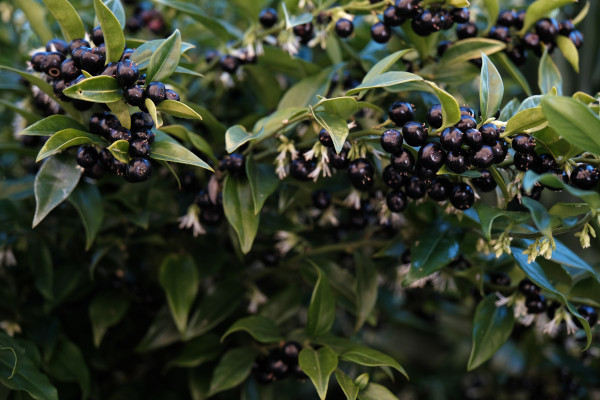How to grow Sarcococca
While this member of the box family may look like an unassuming evergreen shrub, come winter it reveals itself to be one of the most powerfully scented plants in the garden; its tiny, petal-less flowers pumping a sweet, heady fragrance into the air.
Hailing from moist, shady places throughout Asia, sarcococca is a genus of around 14 species of small evergreen shrubs. The two most commonly grown by gardeners are Sarcococca confusa (rounded and glossy with white flowers), and Sarcococca hookeriana (more upright in habit and often with pink tinged flowers).
Sarcococca is also known by the common names ‘Christmas box’ and ‘Sweet box’.
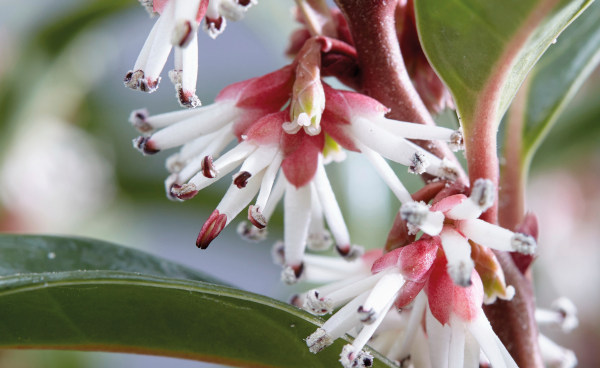
Zantedeschia is a genus of flowering plants from the family Araceae and is native to southern Africa. With a rich history dating back to the Ancient Romans, these deciduous or semi-evergreen perennials have been used as a symbol of celebration. Zantedeschia was Named after Professor Giovanni Zantedeschia, an Italian botanist.
There are two main forms of Zantedeschia: hardy and tender. Hardy forms of the plant can be grown outdoors, enjoy moist soil and full sun or partially shaded conditions - these are known as Arum lilies. Tender forms of Zantedeschia prefer being grown in containers or pots and should be brought inside over the winter - these are known as Calla lilies.
With tuberous flora in all colours from whites, yellows and oranges to deep reds and purples, Zantedeschias are not to be overlooked in any garden, as long as they have sufficient sunlight to grow in.
Ready to learn more about growing Zantedeschia? Read on for all there is to know...

Key Information
Soil pH
Position
Hardiness

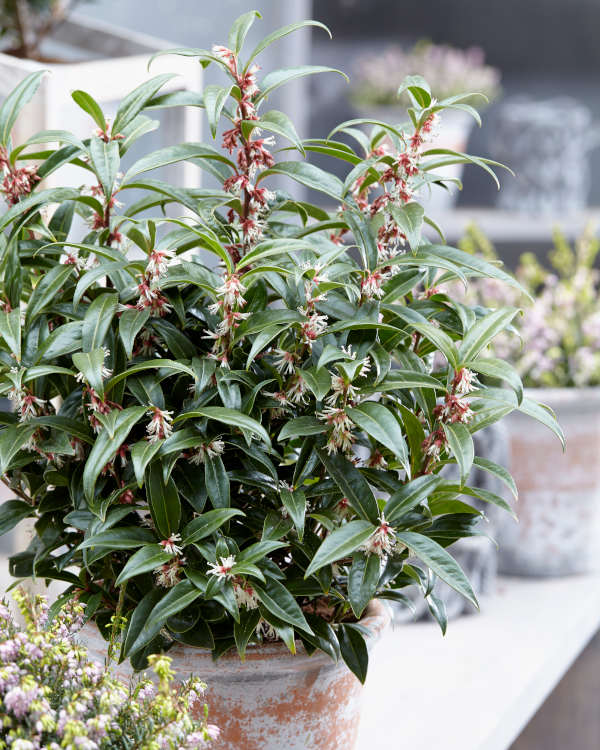
Where & when to plant Sarcococca
Position - Grow in partial to deep shade with shelter from cold, drying winds. Full sun will be tolerated provided the soil remains moist.
Soil - Moist and well-drained
Flowering Period - Winter
Hardiness - Hardy to between -10°C and -15°C
For best results, plant in autumn or spring. An autumn planting is suitable for those gardening in mild conditions (broadly speaking, the southern half of the UK). For those liable to very cold winters or waterlogged ground, it is best to wait until spring, (generally the northern half of the UK, or anyone gardening on heavy, clay soil). Planting can also be carried out during summer, though a watchful approach to watering is required.
Sarcococca is a useful shrub for tricky spots, able to thrive even when faced with dry shade, air pollution, and general neglect. While it prefers a shady spot, it will cope with full sun provided there is consistent moisture available.
Sarcococca can be used as evergreen structure in a border, as groundcover beneath trees, or clipped as a low, informal hedge. It can also be grown in a container. Plant near a path or doorway to best enjoy the sweet, scent of its winter flowers.
How to plant Sarcococca
In the ground
- Clear the chosen area of weeds.
- Dig a planting hole several times larger than the root ball. If you are gardening on soil that is poor, dry, or stony it is a good idea to mix in plenty of well-rotted organic matter at this stage.
- Place the plant in the hole, ensuring the top of the root ball sits level with the surface of the soil. Too low and the plant may rot, too high and the roots can dry out.
- Backfill with soil and firm in gently.
- Soak well with water.
- Mulch with well-rotted organic matter.
In a container
- Choose an appropriate container (the deeper the better), ensuring there are plenty of drainage holes in the bottom.
- Use a good quality potting compost with plenty of horticultural grit mixed in, and, if not already present in the compost (check the description on the bag) some slow-release fertiliser granules.
- Start by partially filling the pot with compost; enough so that when placed on it the upper surface of the root ball is about 3cm lower than the top of the pot.
- Infill all the space surrounding the root ball with compost, firming down with your fingers then adding a little more so the plant is held tight.
- Pick up the pot (if you can!) and lightly tap on the potting bench or ground a few times to help further settle the compost around the plant.
- Soak well with water.
- A mulch with horticultural grit will look attractive and help to prevent a ‘cap’ or crust forming on the top of the compost (something container plants can suffer due to the artificial nature of their watering).

What to plant with Sarcococca
Combine with other winter-interest companions for a heart-warming, seasonal display. Think the similarly spider-flowered hamamelis and the colourful stems of cornus, with hellebores and snowdrops nestled at their feet.
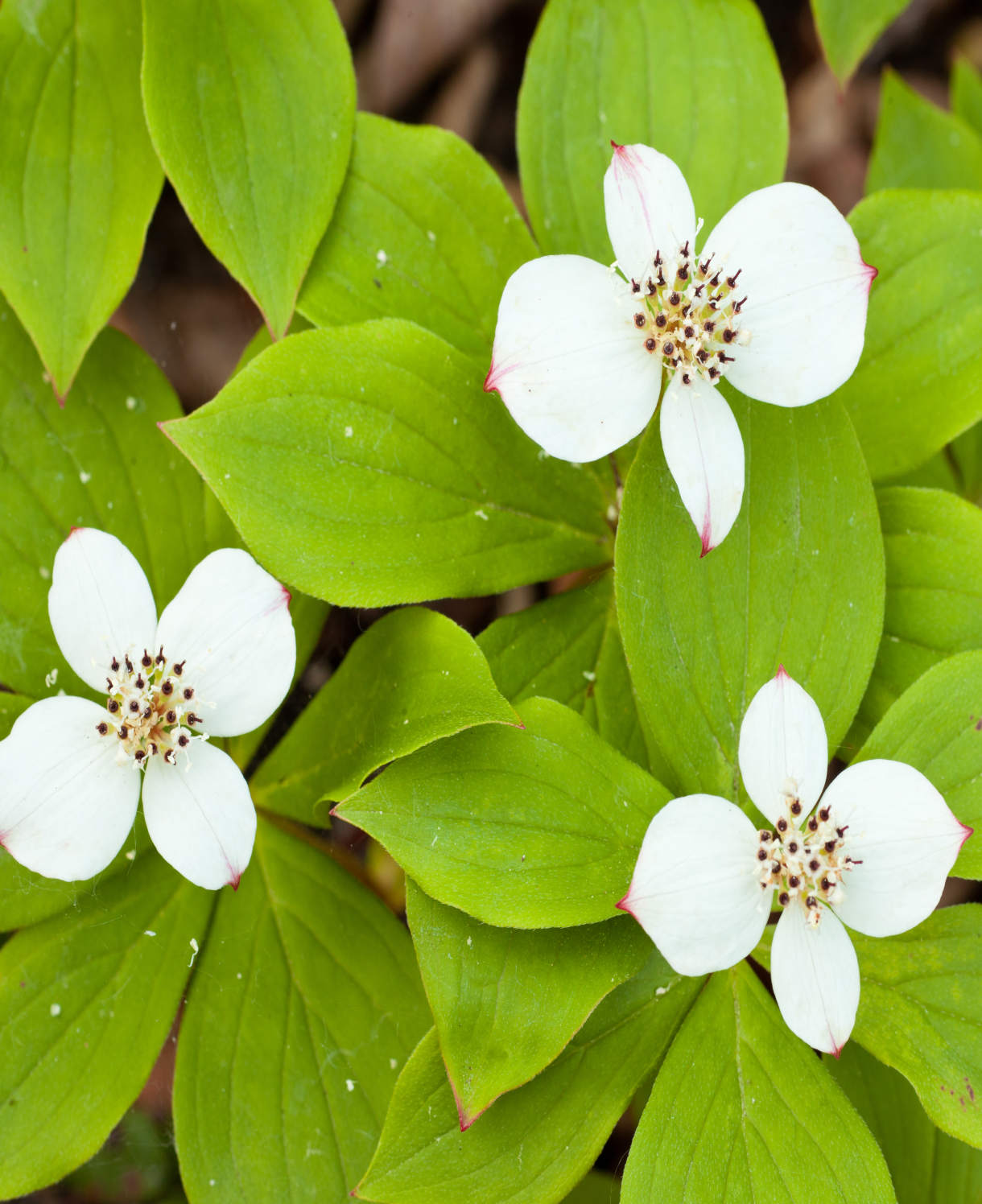
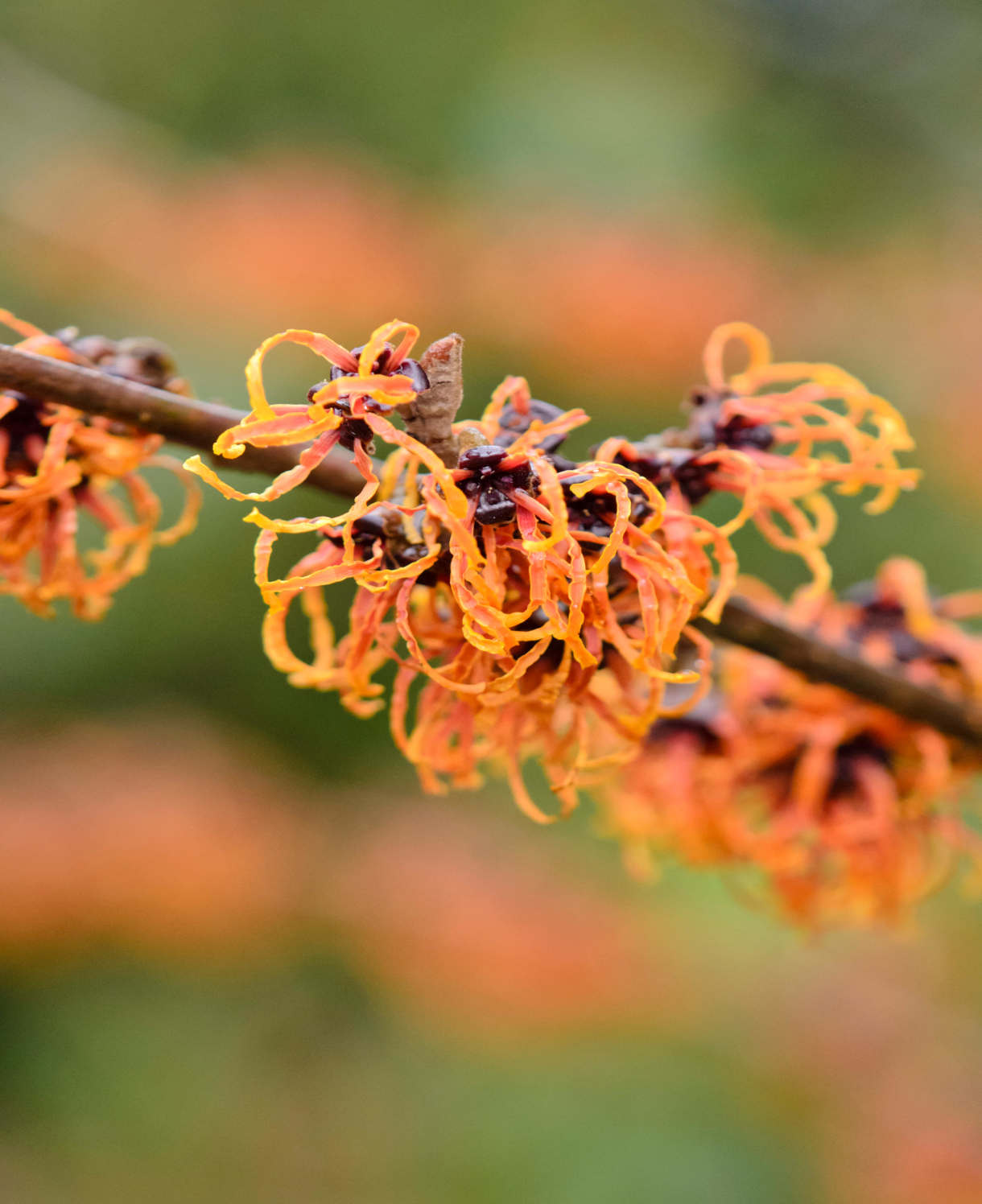

How to care for Sarcococca
Pruning and Deadheading
This wonderfully low maintenance shrub requires little or no pruning.
If you are growing yours as a low hedge, clip in spring after flowering has finished.
Watering
Water regularly until established, and then in very dry spells thereafter. Sarcococca grown in full sun will need to be kept moist at all times.
Cold Protection
Sarcococca is very hardy and will survive winter in most parts of the UK with no need for additional protection.
Pests and Diseases
Sarcococca is pest and disease free.
How to propagate Sarcococca
Take cuttings in summer, using the soft, pliable tips of new, non-flowering growth.
- Snip cuttings off the plant, if possible taking a longer piece than the ideal eventual length of around 10cm (to allow for trimming).
- Put them in a plastic bag straight away to prevent drying out.
- with a perlite-heavy compost mix (at least 50% perlite).
- Trim the end of the cutting to just below a node (point at which leaves grow).
- Remove lowest leaves and soft tip, leaving 2-4 leaves.
- If the remaining leaves are large, cut them in half with a sharp knife (to reduce water lost through transpiration).
- Insert the cuttings into the compost and water lightly. Several cuttings can be put in the same container if there is enough space to do this without them touching.
- Place in a greenhouse or propagating unit if you have one or covered with a plastic bag on a windowsill if not (out of direct sunlight).
- Keep the cuttings misted and occasionally watered until they root. You will know this has happened when roots emerge out of the bottom of the container.
- Gently remove rooted cuttings and pot them into individual pots. Grow on in a cool yet frost-free environment such as an unheated conservatory, greenhouse, or cold frame, until they are large enough to be planted out.
Common Sarcococca questions
Is sarcococca fast growing?
Sacrococca is relatively slow growing and can be expected to take between five and ten years to reach its eventual size. This rate of growth makes it a good choice for a low hedge, as, like its relative Buxus sempervirens, it requires only a small amount of light annual trimming.
Can sarcococca tolerate full sun?
Yes, provided the soil remains moist.
When should I feed my sarcococca?
Mulch annually in spring with well-rotted organic matter such as farmyard manure, garden compost, or mushroom compost. If your sarcococca is looking in need of an extra boost, sprinkle some blood, fish, and bone on the ground before mulching.
